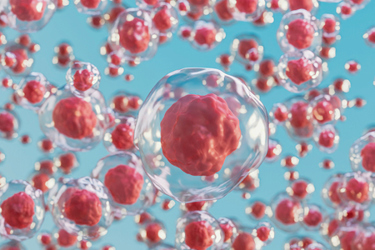Fast-Tracking Development Of MSC-Based Cell And Extracellular Vesicle Therapies Through A Strategic Partnership
By Daniel DeVido, PhD, Director of Strategic Business Development, FUJIFILM Biotechnologies

The therapeutic potential of mesenchymal stem cells (MSCs), particularly for the regenerative medicine space, has generated significant attention in clinical research. These cells, which can be derived from bone marrow, adipose tissue, or the umbilical cord, among other sources, are isolated and cultured and have been shown to restore cellular function and repair injured tissue across a range of disease states. They are also one of the more encouraging sources for exosomes, which hold promise in supplanting traditional nanocarriers for drug and gene delivery.
For many cell therapy companies, the ability to focus their expertise on the foundational clinical science surrounding an MSC asset versus the complexity of their manufacture is crucial to the development of these therapeutics. Having manufacturing partners with specialized and complementary expertise in process development, cGMP manufacturing, scale up, and quality control standards of MSCs and EVs can be key to achieving the timely delivery of these lifesaving medicines to the patient. Vetting a potential CDMO partner for more novel cell therapy modalities like MSC-based and EV therapeutics often requires an evaluation of an organization's experience with both relevant technologies and related advanced therapies. Likewise, evaluating the CDMO’s partnering capability, particularly when it comes to establishing an end-to-end development and commercialization paradigm, can help close the loop to secure the expertise necessary for seamless scale-up.
Get unlimited access to:
Enter your credentials below to log in. Not yet a member of Cell & Gene? Subscribe today.
